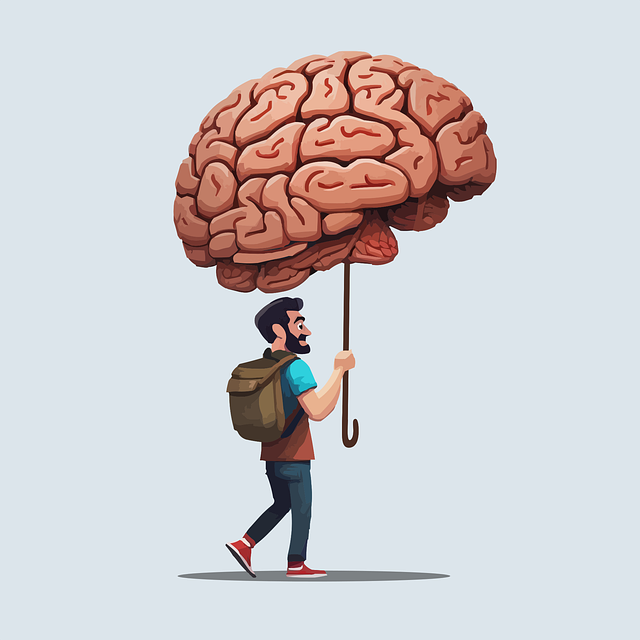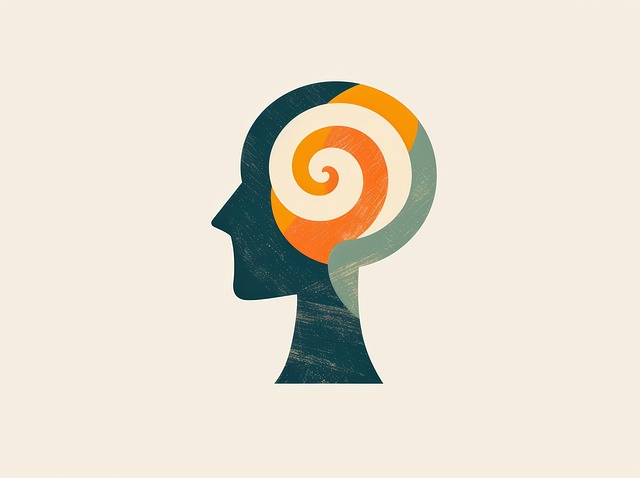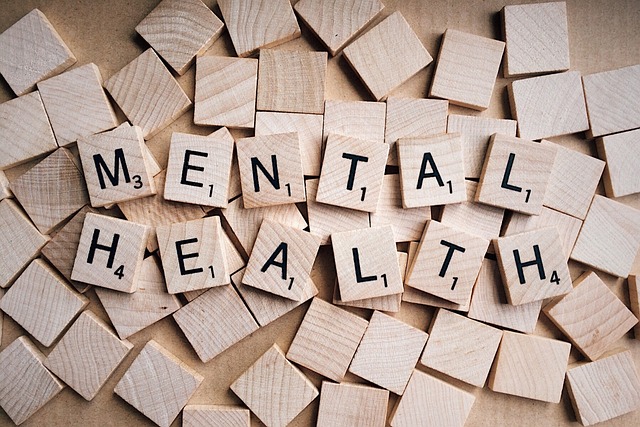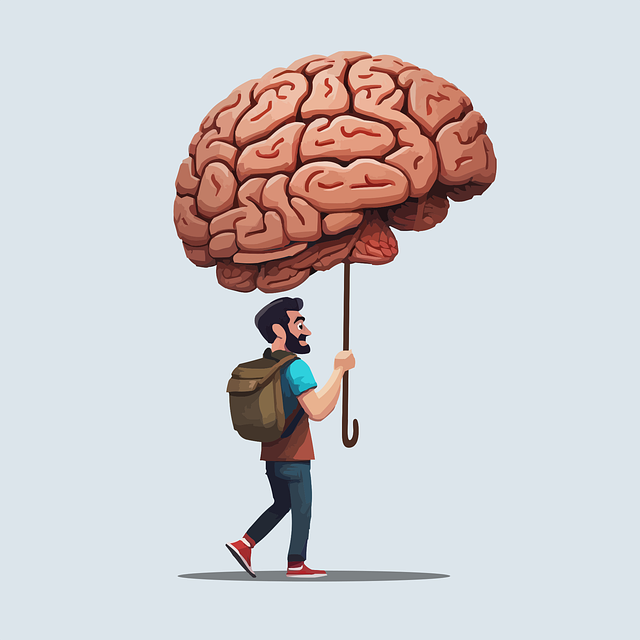In Greenwood Village, integrating mental health education via evidence-based practices like EMDR Therapy into schools, workplaces, and community centers is vital for holistic well-being. This proactive approach destigmatizes mental health issues, equips individuals with emotional intelligence tools, and fosters resilience. A successful program combines structured emotional support with self-care techniques, empowering participants to manage challenges effectively. Implementation requires strategic partnerships and tailored educational content, evaluated through surveys, interviews, and participation rates to ensure community resonance and lasting improvements in well-being.
Mental health is a cornerstone of overall well-being, yet access to quality education remains a challenge. This article explores the crucial role of comprehensive Greenwood Village EMDR Therapy programs in addressing this gap. We delve into the growing necessity for such initiatives, highlighting key components for effective design and implementation. Through understanding the impact of these programs, communities can foster better mental health outcomes and resilience among residents, offering a roadmap for positive change.
- Understanding the Need for Mental Health Education Programs
- Components of an Effective Greenwood Village EMDR Therapy Program
- Implementation and Evaluation Strategies for Lasting Impact
Understanding the Need for Mental Health Education Programs

In today’s fast-paced world, mental health education programs have become increasingly essential, especially in communities like Greenwood Village where access to EMDR Therapy and other specialized treatments is vital. The need for such initiatives stems from the growing recognition that mental well-being is not merely an individual concern but a societal one. By integrating mental health education into schools, workplaces, and community centers, we can foster environments that promote resilience, encourage open conversations about emotional intelligence, and provide individuals with practical tools like conflict resolution techniques to navigate life’s challenges.
This proactive approach aims to destigmatize mental health issues and empower folks with the knowledge and skills needed for self-esteem improvement. It reflects a broader shift towards holistic well-being, ensuring that residents of Greenwood Village and similar areas can access resources and support systems that cater to their emotional and psychological needs.
Components of an Effective Greenwood Village EMDR Therapy Program

An effective Greenwood Village EMDR Therapy program should encompass a holistic approach to mental health education, combining evidence-based techniques with supportive environments. The core components include structured emotional well-being promotion techniques tailored to individual needs, ensuring a safe and non-judgmental space for participants to process traumatic memories or challenging life events. By integrating these techniques into a well-designed curriculum, the program facilitates meaningful healing and personal growth.
Incorporating mental health education programs design elements that encourage self-care practices is paramount. This involves teaching mindfulness, stress management strategies, and healthy coping mechanisms. Such practices empower individuals to actively manage their emotional well-being, fostering resilience and enhancing overall mental fortitude. A comprehensive Greenwood Village EMDR Therapy initiative aims to equip participants with these invaluable skills, enabling them to navigate life’s challenges more effectively.
Implementation and Evaluation Strategies for Lasting Impact

Implementing a mental health education program requires a strategic approach to ensure its longevity and effectiveness. One key strategy is to involve the community, especially in areas like Greenwood Village where EMDR Therapy has shown promise in treating trauma-related disorders. By partnering with local schools, community centers, and healthcare providers, the program can gain traction and accessibility. This collaborative effort not only increases awareness but also ensures that the educational content is tailored to the specific needs of the community, making it more impactful.
Evaluation is another critical aspect to gauge the success and adjust the program accordingly. Measuring outcomes through surveys, interviews, and participation rates provides valuable insights into how well the initiative is received and retained by the target audience. Following best practices in emotional healing processes, trauma support services, and communication strategies can enhance the overall effectiveness of the program. Regular feedback from participants and stakeholders will help identify areas for improvement, ensuring that the mental health education continues to resonate and make a lasting impact on the community’s well-being.
Greenwood Village EMDR therapy programs have proven to be powerful tools in promoting mental well-being. By integrating evidence-based techniques and a comprehensive curriculum, these initiatives can significantly improve individuals’ coping mechanisms and overall resilience. Effective implementation, coupled with ongoing evaluation, ensures that such programs remain dynamic and responsive to the evolving needs of participants. This holistic approach not only enhances the impact of Greenwood Village EMDR therapy but also fosters a healthier and more supportive community.














